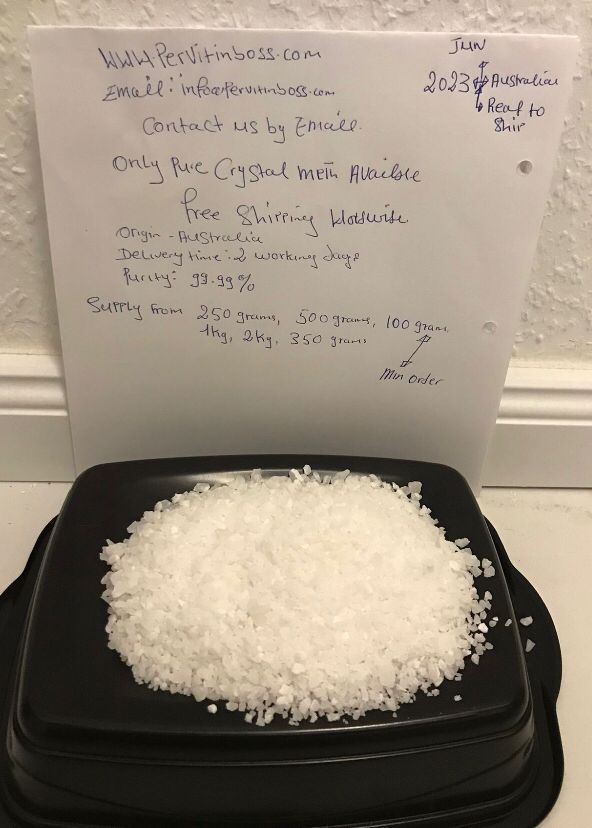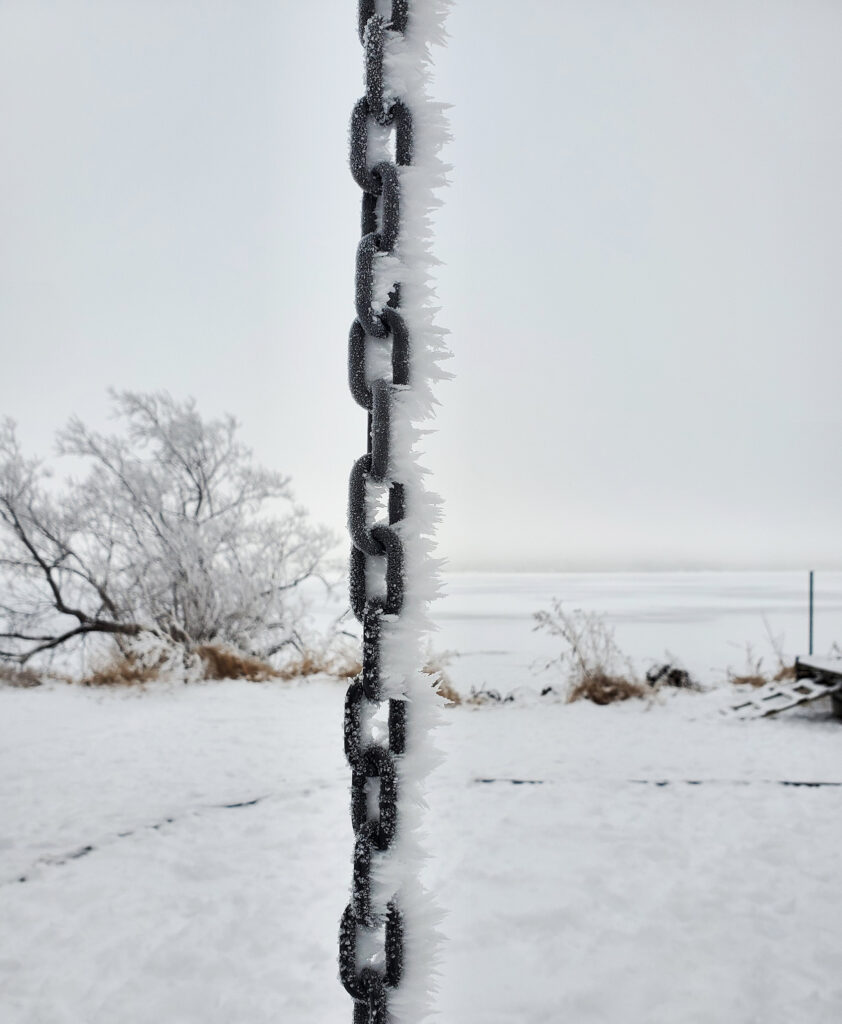ice crystals

Ice Crystal
Snow flakes
How do ice crystals form and grow?
his question was considered by astronomer Johannes Kepler about 400 years ago. ice crystals

Kepler published an article on the topic in 1611. He hypothesized that the crystals were made of subunits that combined to form the symmetrical shapes of ice crystals.
Perhaps the most well-known person to study ice crystal was Wilson A. Bentley, a Vermont farmer. He captured more than 5,000 exquisite photographs during his lifetime. His photographs document that ice crystals are all six-sided. Their beauty is echoed by the complexity of how they form and grow.
Physical chemistry explains geometry. Ice crystals are made of water molecules, which are formed by two hydrogen atoms and one oxygen atom. The two hydrogen atoms form an angle of 104.5 degrees from the atomic nucleus. The oxygen atom attracts a larger share of electrons, making the water molecule slightly negative on one side and slightly positive on the other. When water freezes, the bipolar molecules are attracted to each other, forming a hexagonal crystal lattice.
When ice crystals form, water molecules cannot deposit onto the crystal haphazardly. The molecules must fit into the shape of the crystal.
The shape of a crystal is called its habit. As Bentley’s photographs captured, there are four basic habits of ice crystal: the hexagonal plate, the needle, the column, and the dendrite.

Temperature and the vapor content of the environment determine the particular crystal habit. As the crystal moves through the atmosphere, the temperature and humidity change, which can change the growth habit, producing very complex shapes. The final shape of the crystal will vary according to environmental factors it experienced as it traversed the atmosphere.
Steve Ackerman and Jonathan Martin, professors in the UW-Madison Department of Atmospheric and Oceanic Sciences, are guests on WHA radio (970 AM) at 11:45 a.m. the last
